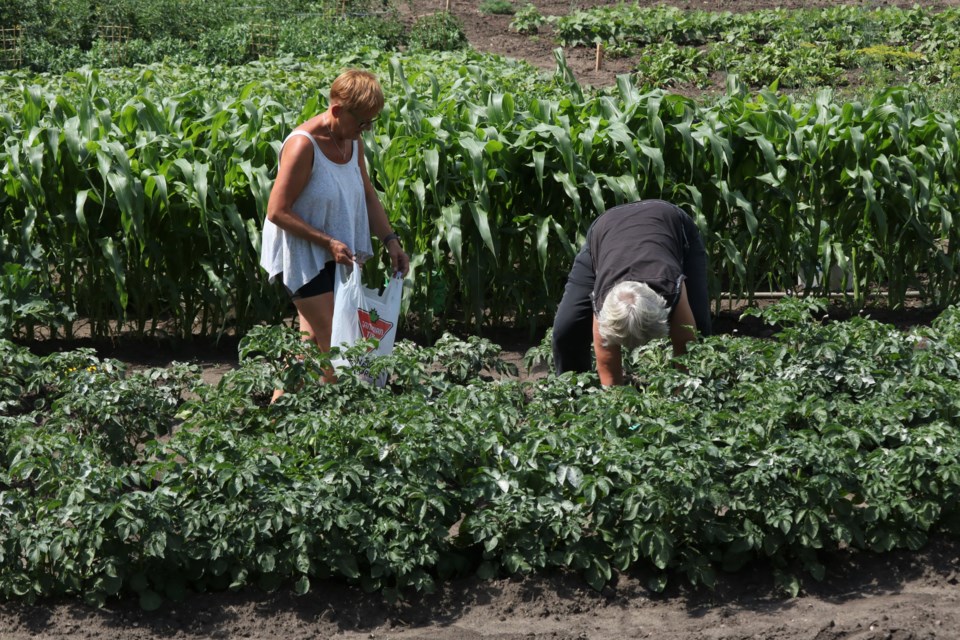YORKTON - The Yorkton and District Horticultural Society had a great meeting last week with the topic of ‘Gardening Above Ground’. Thank you to Melody for sharing her experiences about raised bed gardening, and Keith and I enjoyed chatting about our various containers. Both of these garden options can make gardening a reality for almost everyone, a wonderful thing!
Ah, spring! Ahhh-chew! For many gardeners, this spring weather bring the breathless excitement of working outdoors again, and the breathless sensation of dealing with allergies.
There are many things to be allergic to at this time of year, but probably one that is most prevalent is snow mold. What is snow mold? It’s a fungus that grows on our lawn and makes itself known as the snow melts. While the spores are there all year, they lie quietly in hibernation during the winter. But when the spring sunshine melts the snow, they are active again!
There are two kinds of snow mold, pink and gray. Gray is the common snow mold here.
While both kinds of snow mold can kill grass, it will usually re-grow again after gray mold.
When we see that dusty-looking, cob-webby structure of mold on out lawns, what can we do? Well, guess what, it’s too late to apply any kind of fungicide, but what we can do is rake the area gently to help it dry out, and once it does, hopefully our patchy lawns will fill in again. We might have to scatter some lawn seed to help it along.
My homework also tells me that we can prevent it in the fall by mowing the lawn before snow comes, and ‘de-thatch” it a couple times over the summer. On an interesting note, I also read that we shouldn’t fertilize the lawn in the fall, or let autumn’s fallen leaves stay on the lawn to harbor perfect growing conditions for spores. I’d like to add a note here: leaves on he lawn may be one thing, but don’t be too vigorous about cleaning up leaves inbetween shrubs or perennials in the garden: they provide good winter protection and warm winter spots for many beneficial insects that call our garden space home.
Now that we’ve dealt with snow mold, one other thing to check on at this time of year is black knot on our trees. Black knot needs no describing: if one of your trees has it, you know what it is! It looks like a messy tar-like blob on the branches; this problem is spread by spores.
The problem continues over several years, and these growing ‘galls’ release even more spores over time which result in even more infestation. Eventually the infected branches become girdled and will likely die, and if unattended, may kill the whole tree.
Sadly, black knot loves some very beautiful trees that include amur cherry, flowering plum,
Mayday tree, and sand cherries. Infected branches should be cut in late fall or early spring, and the branches should be cut back up to eight inches below the knot—no taking chances here! The wood should be removed from your yard and destroyed either by burning or burying.
And make sure to clean your cutting tools well so that you don’t spread the problem around.
With gardening, we have to be ever vigilant, don’t we! All the beauty we enjoy in the garden does require our care and attention and TLC! But it is all worth it!
The next Yorkton hort society meeting is on Wednesday, May 15 at 7 p.m. at the Yorkton Public Library. Our guest speaker will be Nancy Bird speaking on Natural Dyes from Plants. Everyone is welcome. Visit for full details.
Thank you to YTW for their fine work. Don’t work too hard outside and have a great week!






